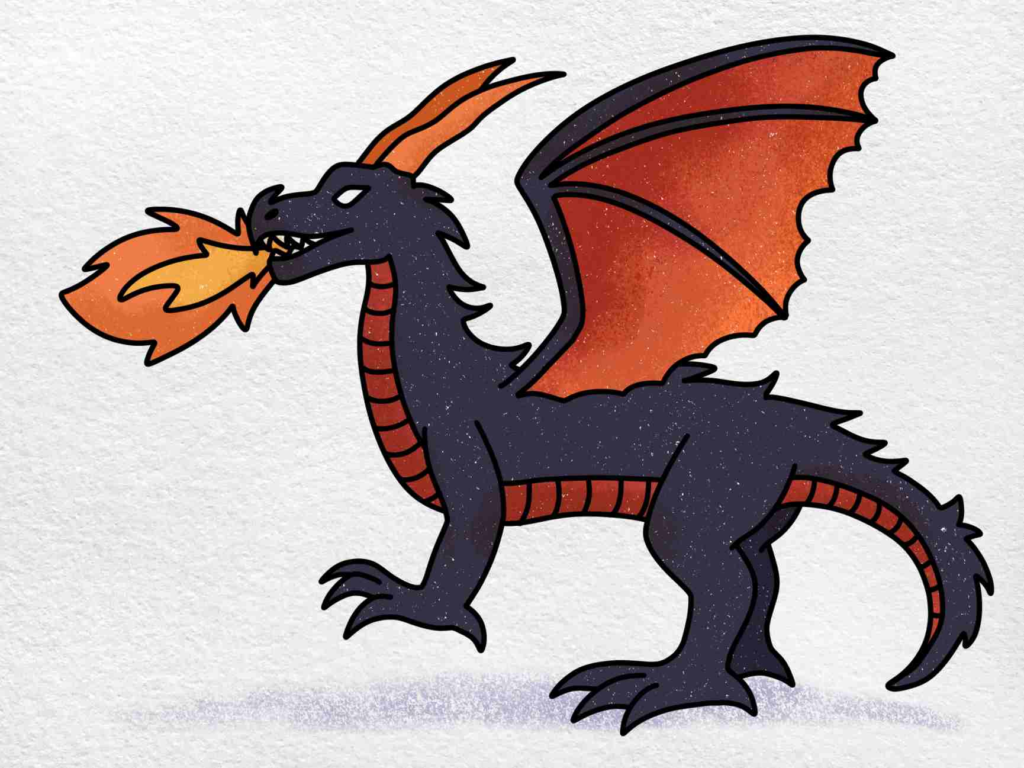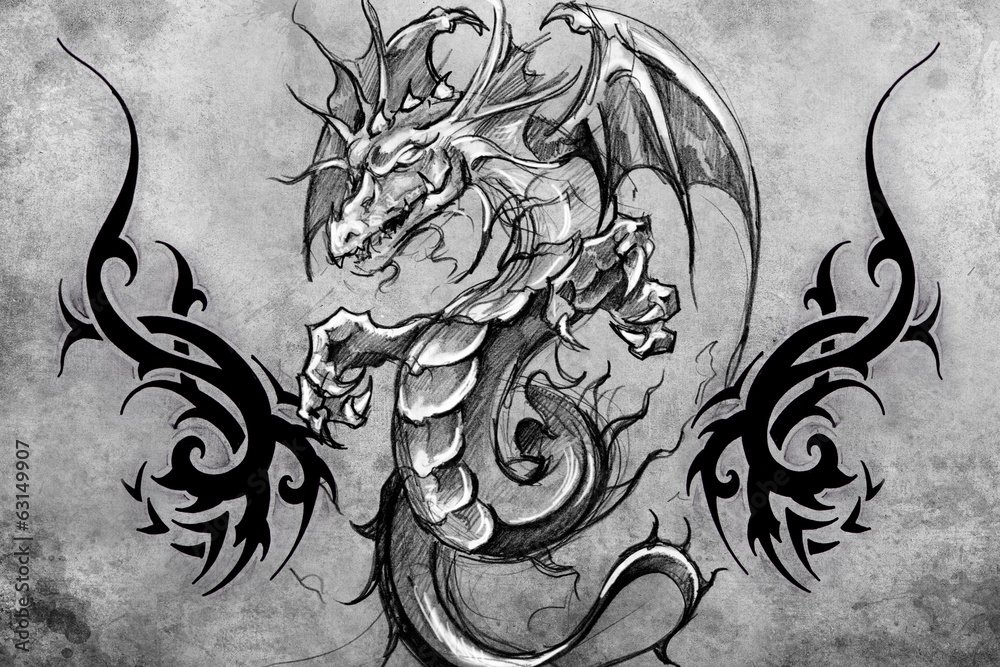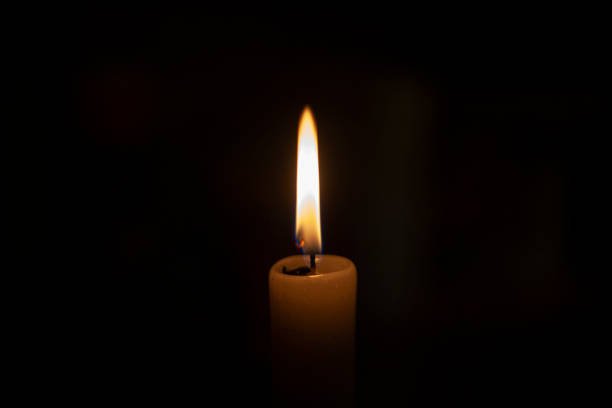Drawing:5z_boyjkm98= Dragona is a captivating journey for any artist, combining elements of imagination, mythology, and artistry. Dragons symbolize power, mystery, and grandeur in cultures worldwide. Crafting a dragon’s image lets artists explore creativity while adding personal flair to these legendary creatures.
Table of Contents
2. Understanding Dragon Anatomy
Before diving into the drawing, it’s essential to grasp the basics of dragon anatomy. Since dragons are mythical beings, their form combines elements from reptiles, birds, and mammals. Observing real animals provides a solid foundation to help bring realism to your dragon designs.
3. Choosing Your Drawing:5z_boyjkm98= Dragon
Drawing:5z_boyjkm98= Dragon There are many styles for depicting dragons, Drawing:5z_boyjkm98= Dragon from European dragons with powerful limbs and wings to Eastern dragons with long, serpentine bodies. Choosing a style is a crucial step as it shapes the dragon’s overall appearance, influencing your approach to details and proportions.
4. Essential Materials for Drawing Dragons

The materials you choose can affect the final look of your drawing. Drawing:5z_boyjkm98= Dragon Common tools include pencils for sketching, fine liners for details, and Drawing:5z_boyjkm98= Dragon colored pencils or markers for shading. Digital artists may prefer tablets, using software with various brushes to mimic traditional drawing tools.
5. Crafting a Strong Dragon Outline
A strong outline serves as the foundation of a dragon drawing. Begin by sketching basic shapes to outline the body, wings, and tail. Using circles and lines, create the skeleton of the dragon, Drawing:5z_boyjkm98= Dragon focusing on balance and proportion before adding finer details.
6. Adding Muscles and Texture
To make your dragon look powerful, consider adding muscles and textures. Drawing:5z_boyjkm98= Dragon Focus on areas like the legs, wings, and chest, using shading to emphasize muscle tone. Scales, horns, and ridges along the back give dragons their characteristic look and add realism to the drawing.
7. Designing the Head and Face
The head is often the focal point of a dragon drawing. Start by deciding on its expression and features: large eyes for a mystical look, sharp teeth for ferocity, and unique horns or frills for personality. The dragon’s face helps convey its character and emotion.
8. Drawing the Dragon’s Wings
Dragon wings are a distinctive feature, often resembling bat or bird wings. Sketch the wing bones, then add the membrane between them. Wing size should complement the body, as they imply the dragon’s ability to fly. Adding veins and texture enhances their realism.
9. Creating Unique Dragon Scales
Scales add depth and texture to your dragon. Start with larger scales on the body, gradually becoming smaller around the face and extremities. Drawing:5z_boyjkm98= Dragon Scales can be simple or intricate, depending on the style and effect you want. Shading can give them a shiny, armored look.
10. Incorporating Fire and Special Effects
Adding fire or magical effects around your dragon elevates the drawing’s intensity. Fire can be drawn as flowing flames from the mouth, while magical auras or glowing eyes add mystique. Special effects create movement and bring out the dragon’s supernatural essence.
11. Using Shading for Depth and Dimension
Shading adds depth and makes your dragon appear three-dimensional. Use light and shadow to emphasize the dragon’s muscles, scales, and wings. Determine a light source and shade accordingly, creating a dramatic look that brings out the dragon’s fierce nature.
12. Experimenting with Color and Patterns
Color brings vibrancy to your dragon drawing. Choose colors that match your dragon’s personality or setting, such as fiery reds, earthy greens, or icy blues. Patterns, like stripes or spots, add even more character and make your dragon stand out.
13. Adding Background Elements
To create context, consider adding a background to your drawing. Mountains, forests, or castles help set the scene and enhance the dragon’s mythic feel. A well-crafted background can also complement the color scheme and mood of your dragon.
14. Fine-Tuning the Final Details
Details are what make a dragon drawing exceptional. Go over the entire drawing, refining any lines, adding extra shading, or enhancing highlights. This final touch-up step allows you to ensure your dragon looks as realistic and polished as possible.
15. Conclusion: Mastering the Art of Dragon Drawing
Drawing dragons is a skill that improves with practice and creativity. Each dragon you create is unique, showcasing your style and artistic growth. Whether aiming for realism or fantasy, mastering dragon drawing lets you bring this legendary creature to life in your own, unique way.
Read ALso: TheJavaSea.me Leaks AIO-TLP: Exploring the Impact, Risks, and Implications





